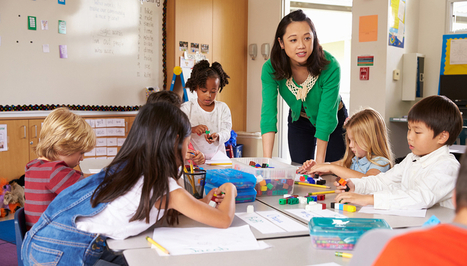Computer science education is not a new field. Much of what we know about the pedagogy and content for elementary students comes from Seymour Papert’s research on teaching elementary students to code back in the 1970’s and 80’s. But, as we shift from labs and one-off classrooms to a broad expansion for all students in every classroom K-12, we are seeing changes to how computer science is taught. This means we are working in a rapidly evolving field (insert metaphor of building a plane while flying it). Over time, we have gone from a focus on coding (often in isolation) to a more broad idea of computer science as a whole, and now to the refined idea of computational thinking as a foundational understanding for all students.
Pause. You may be asking, “But wait, what’s computational thinking again?” In her book Coding as a Playground, Marina Umaschi Bers explained: “The notion of computational thinking encompasses a broad set of analytic and problem-solving skills, dispositions, habits, and approaches most often used in computer science, but that can serve everyone.” More simply, you can think of computational thinking as the thought processes involved in using algorithms to solve problems. Sheena Vaidyanathan writes some good articles explaining the differences between computer science, coding, and computational thinking here and here.
Via John Evans



 Your new post is loading...
Your new post is loading...










D